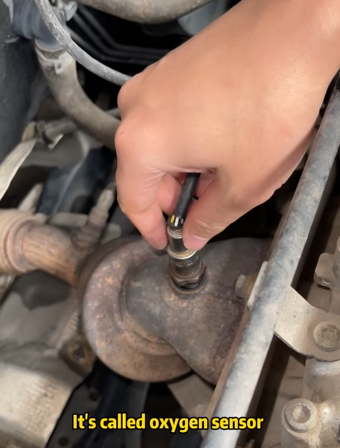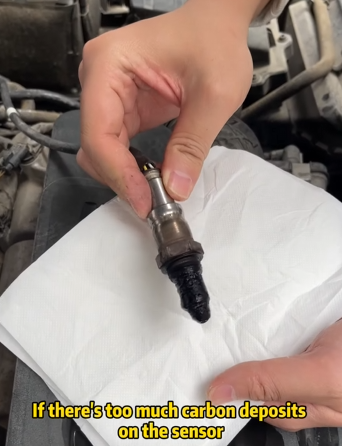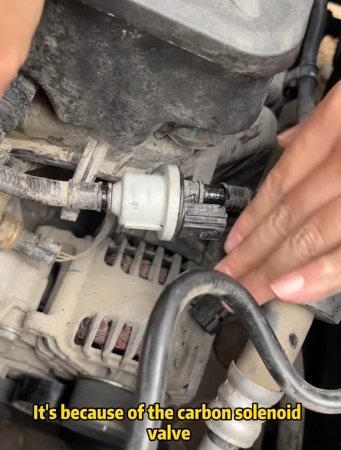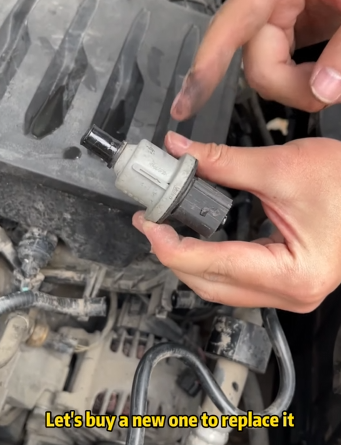
Fuel consumption in cars has become a critical issue for both the environment and the economy. Over the years, the cost of fuel has continued to rise, which has placed a significant strain on the budgets of car owners, while also contributing to environmental pollution. As global awareness about the need for sustainability and eco-friendly practices has grown, solving the problem of increased fuel consumption in cars has become a priority for governments, manufacturers, and individuals alike. In this article, we will explore various approaches to addressing the issue of increased fuel consumption, from improving vehicle technology and maintenance practices to adjusting driving habits and adopting alternative fuels.

1. Improving Vehicle Technology
One of the most effective ways to reduce fuel consumption in cars is through advancements in vehicle technology. Modern vehicles are already more fuel-efficient than their older counterparts, thanks to innovations in engine design, transmission systems, and aerodynamics. However, continued investment in research and development could further enhance fuel efficiency.
a. Engine Efficiency
The heart of a car’s fuel consumption lies in the engine. Traditionally, internal combustion engines (ICE) have been the primary technology used in vehicles. While they have improved over time, their fundamental efficiency limits have been reached in many cases. To combat increased fuel consumption, manufacturers have focused on creating engines that use less fuel to generate the same power. Turbocharged engines, for instance, offer more power without the need for larger, less efficient engines. Innovations such as variable valve timing and cylinder deactivation have also helped reduce fuel consumption by allowing engines to adjust to driving conditions.
Additionally, hybrid and electric engines are gaining popularity. Hybrid vehicles use a combination of an internal combustion engine and an electric motor to reduce fuel consumption, especially during city driving. Electric vehicles (EVs), on the other hand, are entirely powered by electricity, offering zero fuel consumption. As technology improves and charging infrastructure becomes more widespread, EVs may soon become a more viable option for many consumers, drastically reducing the need for traditional fuel.
b. Aerodynamics and Design
The design of a vehicle plays a significant role in its fuel efficiency. Cars with sleek, aerodynamic designs face less air resistance, which leads to better fuel economy. Manufacturers have recognized this and have started to incorporate streamlined shapes, lower ride heights, and more efficient tire designs into their vehicles to reduce drag. The use of lightweight materials such as aluminum and carbon fiber has also gained traction in recent years. Lighter vehicles require less energy to move, thus improving fuel efficiency.
c. Transmission and Drivetrain Technology
The drivetrain, including the transmission system, also impacts fuel consumption. Automatic transmissions, particularly continuously variable transmissions (CVT), have been shown to be more fuel-efficient than traditional manual gear systems, as they can adjust seamlessly to different driving conditions. Additionally, all-wheel drive (AWD) systems are generally less fuel-efficient than two-wheel drive (2WD) systems. Reducing the complexity of drivetrains and optimizing gear ratios can make a significant difference in overall fuel efficiency.

2. Regular Vehicle Maintenance
Maintaining a car in good condition is essential for ensuring it runs efficiently. Neglecting maintenance can lead to increased fuel consumption, as poorly maintained vehicles tend to use more fuel. Simple practices such as regularly checking tire pressure, changing the oil, and replacing air filters can go a long way in improving fuel efficiency.
a. Tire Pressure
Under-inflated tires create more resistance on the road, forcing the engine to work harder and consume more fuel. Keeping tires inflated to the manufacturer’s recommended pressure can improve fuel efficiency by up to 3%. It is a simple, cost-effective measure that can have a significant impact on overall fuel consumption.
b. Engine Maintenance
Regular oil changes and keeping the engine well-tuned are crucial for reducing fuel consumption. Engine components such as spark plugs and fuel injectors need to be cleaned or replaced periodically to ensure the engine operates at peak efficiency. A poorly tuned engine can cause misfires, leading to wasted fuel.
c. Air Filters and Fluid Levels
Replacing dirty air filters can improve airflow to the engine, allowing it to run more efficiently. Additionally, keeping fluids such as engine oil, transmission fluid, and coolant at proper levels can reduce friction in the engine, enhancing fuel economy.
3. Driving Habits and Techniques
Driving habits play a critical role in fuel consumption. Aggressive driving behaviors, such as rapid acceleration, hard braking, and speeding, can significantly increase fuel consumption. By adopting more fuel-efficient driving practices, car owners can lower their fuel expenses and reduce their carbon footprint.
a. Smooth Acceleration and Braking
Sudden starts and stops are a major cause of fuel waste. Smooth acceleration and gradual braking can improve fuel efficiency by reducing the amount of energy needed to overcome inertia. Driving at a steady pace rather than frequently speeding up and slowing down can help maintain a consistent fuel consumption rate.
b. Observing Speed Limits
Higher speeds result in higher air resistance, which in turn increases fuel consumption. Driving at or just below the speed limit can improve fuel economy. Most cars are designed to operate most efficiently at speeds between 40 and 60 miles per hour, and driving above this range can lead to unnecessary fuel consumption.
c. Reducing Idling
Idling consumes fuel without moving the car, and while modern vehicles are designed to use minimal fuel when idling, prolonged idling still wastes fuel. Turning off the engine when the car is stopped for more than a minute or two, such as at long traffic lights or railroad crossings, can help conserve fuel.

4. Alternative Fuels and Energy Sources
Another potential solution to reducing fuel consumption is to transition away from traditional gasoline and diesel fuels to alternative, renewable energy sources. While this requires significant infrastructure changes, it is an essential long-term strategy.
a. Biofuels
Biofuels, such as ethanol and biodiesel, are derived from organic materials and can serve as alternatives to petroleum-based fuels. These fuels are renewable and have a smaller carbon footprint compared to traditional fuels. While biofuels may not completely replace gasoline and diesel, they can reduce the overall demand for these nonrenewable resources and help mitigate fuel consumption.
b. Hydrogen Fuel Cells
Hydrogen fuel cells are another promising technology for reducing fuel consumption in cars. Hydrogen-powered vehicles produce zero emissions, with the only byproduct being water vapor. While hydrogen vehicles are not yet widely available, the development of fuel cell technology and hydrogen infrastructure could lead to a significant reduction in fossil fuel dependence in the future.
c. Electric Vehicles (EVs)
Electric vehicles are the most obvious alternative to conventional gasoline-powered cars. As the charging infrastructure expands and battery technology improves, EVs are becoming more affordable and practical for consumers. With zero tailpipe emissions and significantly lower operating costs, EVs are one of the most promising solutions to solving the problem of increased fuel consumption.

Conclusion
Solving the problem of increased fuel consumption in cars requires a multi-faceted approach that includes improvements in vehicle technology, better maintenance practices, changes in driving behavior, and the adoption of alternative fuels. As manufacturers continue to develop more efficient vehicles and individuals adjust their driving habits, we can make significant progress toward reducing fuel consumption. Additionally, the shift toward renewable energy sources, such as electric vehicles and biofuels, holds the potential to revolutionize the automotive industry and significantly reduce our reliance on fossil fuels. By addressing this issue from multiple angles, we can not only lower fuel costs but also contribute to a more sustainable and environmentally friendly future.



